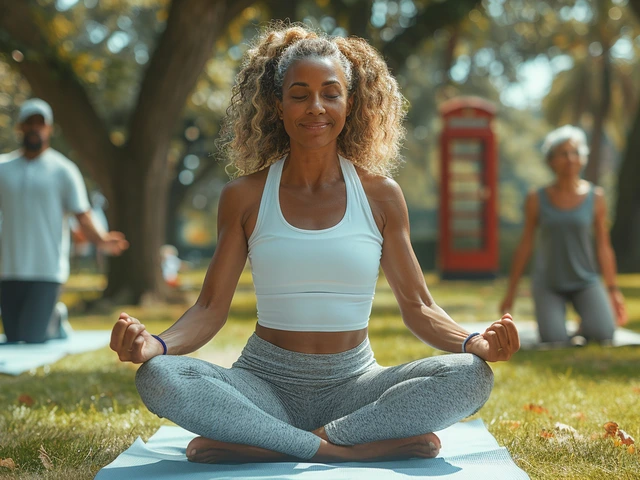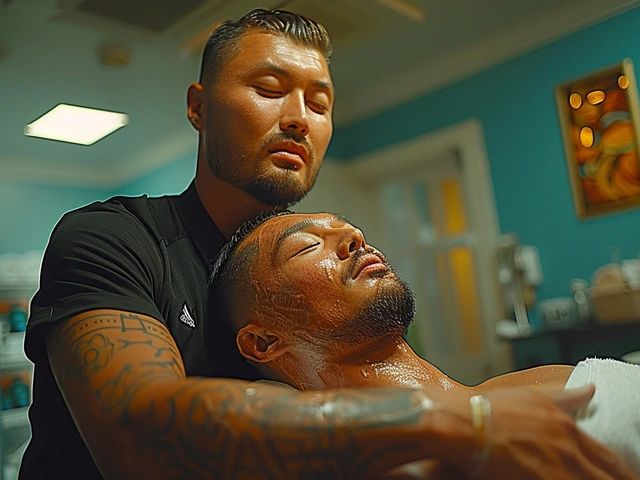Mind-Body Balance for You and Your Dog
Stress travels fast. When you’re tense, your dog can pick up that energy and mirror it in behavior or body tension. Mind-body balance isn’t a luxury—it's a daily habit that makes both of you calmer, healthier, and easier to live with.
Start by noticing what actually helps. Short, practical practices beat occasional big efforts. A two-minute breathing break resets your nervous system. A five-minute massage after a walk loosens tight muscles. A simple morning stretch with your dog signals that the day is calm and predictable.
Simple Daily Practices
Breathing: Try box breathing—inhale for four, hold four, exhale four, hold four—three times. It’s quick and works anywhere. Dogs respond to the rhythm of your breath; slower breathing often leads to slower, calmer behavior in your dog.
Mindfulness: Use tiny cues to bring your attention back—your dog’s name, a leash clip, or the sound of water. Spend one quiet minute watching your dog breathe. No plans, no phone. That one minute lowers stress hormones for both of you.
Movement: Gentle movement matters. Short walks, easy stretches, or playful tug for five minutes can break stress cycles. If your dog is anxious, try slow, deliberate movement and calm voice cues. Fast, chaotic play can spike adrenaline; keep it steady.
Tools and Therapies That Help
Massage: Canine massage and basic myofascial release ease muscle tension and improve circulation. Learn a few safe strokes from trusted guides or a certified canine massage therapist. Start with long, slow strokes down the back and gentle kneading where your dog likes it. Stop if the dog shows discomfort.
Biofeedback and calm tech: Wearables that show heart rate or variability give real data you can use. Track your own HRV after a walk or massage and notice what lowers stress. Some devices now adapt sound or vibration to guide breathing—useful when you need a quick reset.
Nutrition and sleep: What you eat and how you rest affects mood and recovery. For you, aim for omega-3 rich foods and steady protein to stabilize mood. For dogs, follow your vet’s advice—fatty acids and routine sleep help behavior and healing.
Relaxation practices: Aromatherapy, gentle music, and low lights can shift the mood. Lavender scent or soft instrumental tracks often calm both people and pets. Try a short guided relaxation together before bed to improve sleep quality.
Therapies like polarity, Reiki, or creative arts can support deeper balance for some people. Look for practitioners who work with animals if you want your dog involved. Always ask about training, safety, and real-world results before trying a new therapy with your pet.
Small, consistent steps beat dramatic overhauls. Pick one practice, use it daily for two weeks, then add another. Track simple signs—calmer breathing, fewer startles, easier walks. Those signs tell you the balance is building.
Explore the articles tagged under Mind-Body Balance to learn hands-on tips for massage, biofeedback, relaxation, and nutrition—both for you and your dog. Start small and notice real changes quickly every day.

Biofeedback: A Unique Approach to Balancing Mind and Body
Hi there, folks! Today, we are delving into the fascinating world of biofeedback, a unique therapy that helps us strike a healthy balance between the mind and body. It's all about learning to control our body's functions, from heart rate to muscle tension. So join me as we explore how this holistic healing method can lead to profound wellness and positivity. So, are you ready to discover how to take control of your well-being?

Polarity Therapy: Unlocking Natural Healing
Jun, 20 2025



